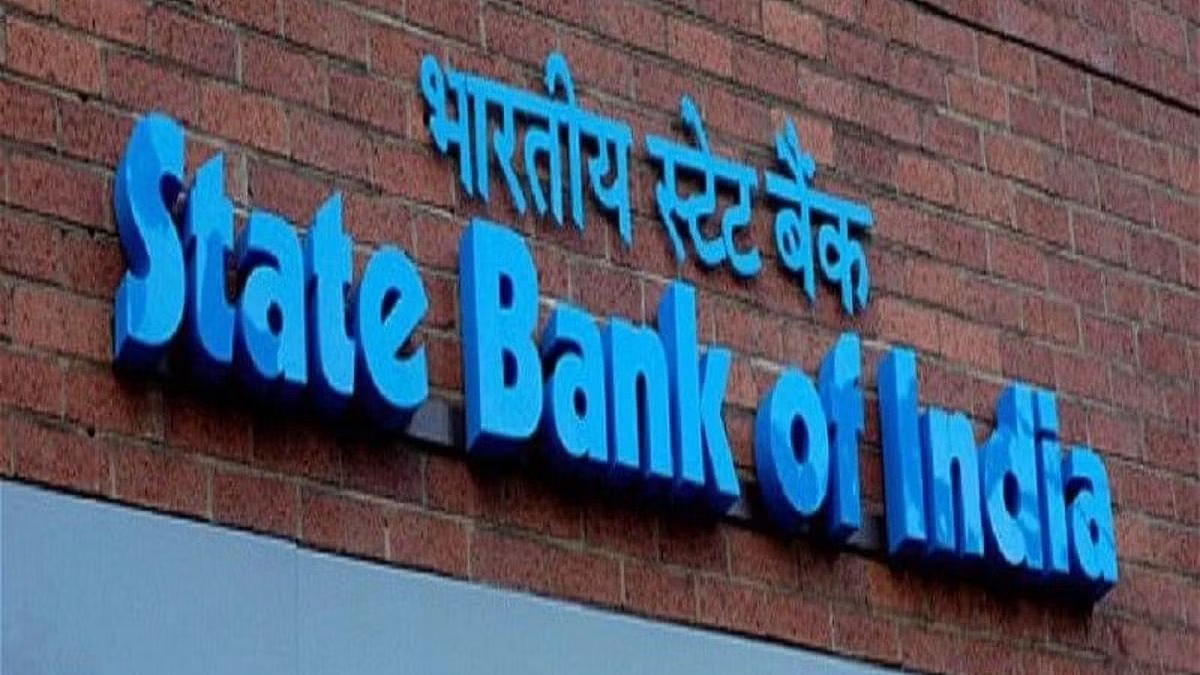In a move that could impact borrowers significantly, the State Bank of India (SBI) and Bank of Baroda (BOB) have increased their marginal cost of funds-based lending rates (MCLR). This change comes in response to the rising cost of funds due to increased deposit rates on certain tenures.
SBI’s MCLR Adjustments
SBI has revised its MCLR upwards by 5-10 basis points (bps) across various tenures. Following this hike, the overnight MCLR is now at 8.1%, and the one-year MCLR stands at 8.85%. This adjustment reflects the increased cost of funds, driven by higher deposit rates.
BOB’s MCLR Revisions
Similarly, BOB has increased its MCLR by 5 bps on select tenures. This follows a trend among both public and private sector banks, with institutions like HDFC Bank and Yes Bank also hiking their MCLR rates. These adjustments are likely to influence borrowers’ equated monthly instalments (EMIs).
Impact on Borrowers
The recent hikes in MCLR are causing concern among borrowers. While the share of MCLR-linked loans has decreased from 46.5% in June 2022 to 38.5% by March 2024, those still on MCLR-linked loans need to closely monitor these rate changes. Rising MCLR rates will lead to higher EMIs, increasing the financial burden on borrowers.
Strategic Borrowing Tips
Borrowers can mitigate the impact of MCLR hikes by switching to Repo Linked Loan Rates (RLLR). Although switching involves processing fees, RLLR loans are more transparent and adjust faster to policy rate changes. With the Reserve Bank of India (RBI) keeping the repo rate unchanged at 6.5% over the past year, RLLR loans may offer a more stable interest rate environment.
Understanding MCLR
Introduced by the RBI in 2016, MCLR replaced the base rate system. It is calculated based on the bank’s cost of funds, operating expenses, and the repo rate set by the RBI. Each bank’s MCLR can vary, influencing the interest rates they offer. All floating rate loans sanctioned and renewed after 2016 are linked to MCLR, which serves as the internal benchmark.
Financial Planning and Budgeting
With higher rates, prudent financial planning is essential. Borrowers should review their budgets, focus on saving, and consider prepayment options to reduce the impact of higher EMIs. Keeping a high credit score (750 or above) can also help in negotiating better loan terms.
Conclusion
As economic indicators continue to evolve, the RBI will adjust its policy rates accordingly. Borrowers should stay informed about rate changes, reassess their debts, and explore various options before taking on new loans. This proactive approach will help in managing financial stability amidst fluctuating interest rates.






